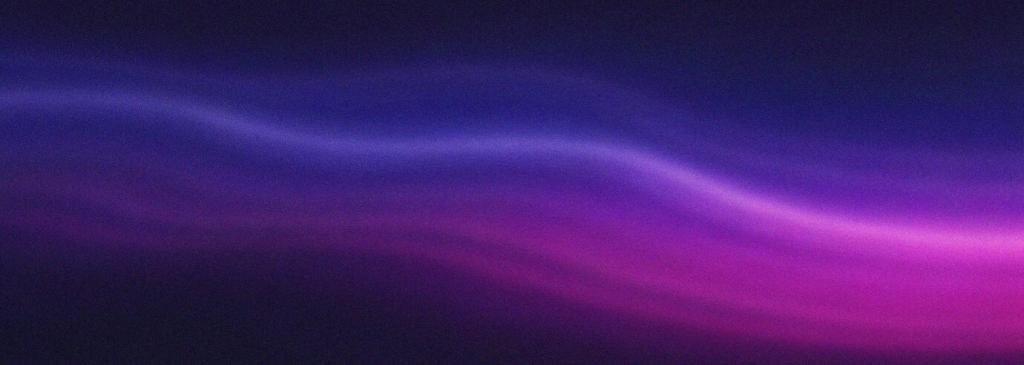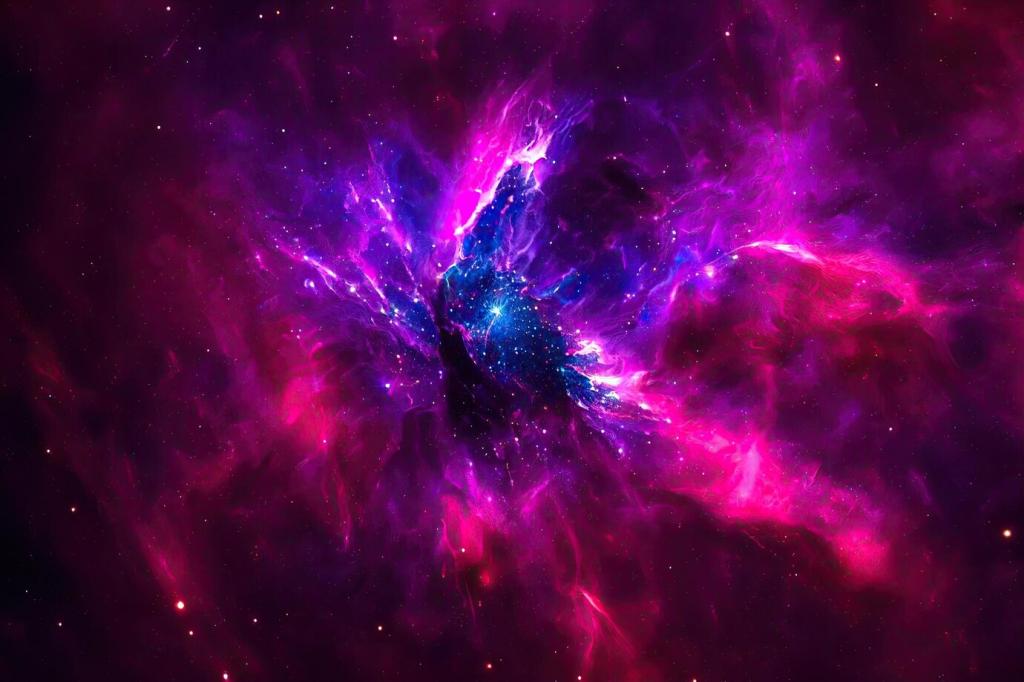From Telescope to Texture: Building Authentic Assets
NASA’s public-domain lunar datasets, including LRO height maps, provide superb starting points. Convert elevation data into displacement, then derive normals carefully. Maintain scale references so craters read correctly across scene distances and camera lenses.
From Telescope to Texture: Building Authentic Assets
Blend layered noise—Perlin, Simplex, and Voronoi—to mimic crater fields, ejecta streaks, and subtle surface undulations. Use masks that respect impact radii, and introduce erosion-like softening to prevent uniformly sharp, artificial edges across your texture.




